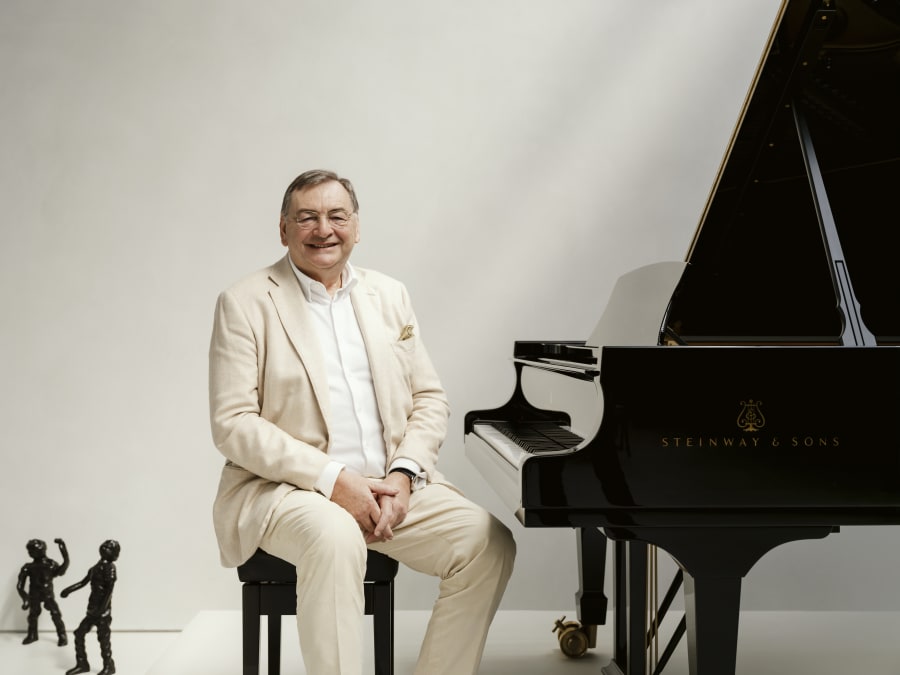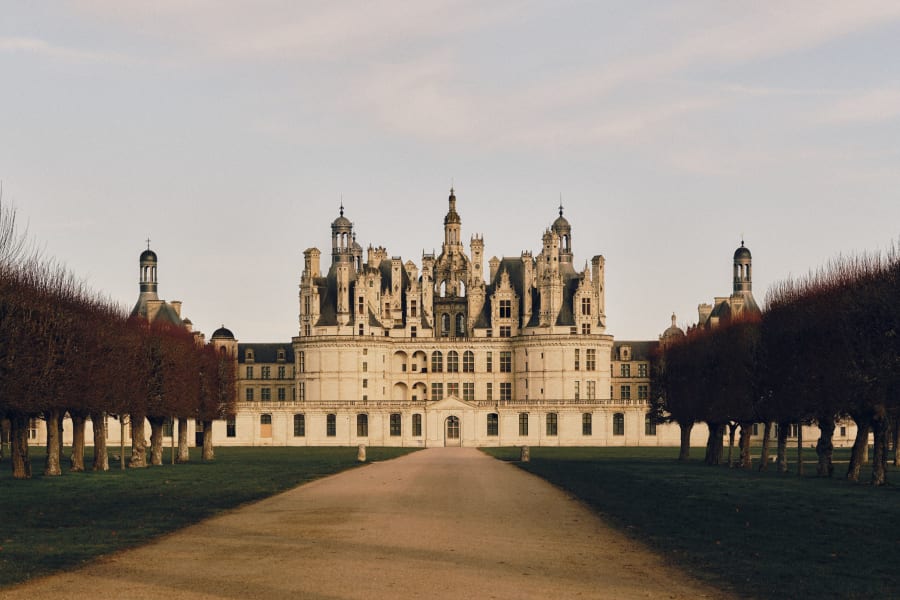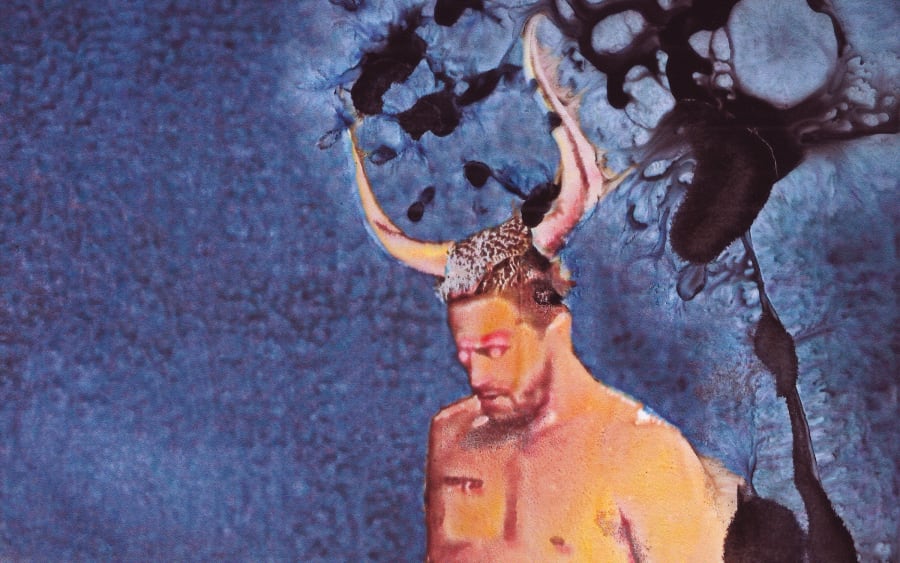Ask Brussels-based art dealers what makes their city unique, and they will probably highlight its strategic position in Europe. If the European art world were a club sandwich, Brussels would be the bacon, squeezed between the superpowers Paris and London. But the capital of Europe is more than a dull pitstop; it is an essential tastemaker.
‘Compared to Berlin, New York or Paris, Brussels is just a regional city of barely 1.25 million inhabitants. But thanks to the European institutions and Nato, there are a lot of wealthy, well-informed people here who are interested in art,’ says Dirk Snauwaert, the director of Wiels art center. Since 2007, Wiels has given the contemporary art scene in Brussels a place and a face. ‘Before, the local scene of artists, collectors, and curators was very fragmented. Wiels filled that gap. From day one, we involved collectors in our activities, and not just as patrons. At the Wiels Club they can meet like-minded people to share experiences or discoveries in the international contemporary art world.’
Passion and obsession
Wiels has set a lot of things in motion over the past 15 years. Housed in the former Wielemans-Ceuppens brewery, it has attracted several galleries to the neighborhood – just think of Lodovico Corsini (formerly Clearing) or, more recently, Espace Constantin Chariot. A little further down the road, Astrid Ullens de Schooten Whettnall opened her Fondation A in 2012 ‘to teach young people to look at photography again.’ With 5,500 photographs, her collection is one of the largest in Europe. A 3-minute walk from Wiels and Fondation A, you can visit P.O.C. (short for ‘Passion, Obsession, Collection’), collector Galila Barzilaï’s eccentric arts center. Like Fondation A, this contemporary cabinet of curiosities is an important catalyst for the neighborhood.
When KANAL-Centre Pompidou opens in 2026 in a converted Citroën garage on Place de l’Yser, it will become the capital’s largest arts center. In the meantime, smaller private art initiatives and foundations are giving the local scene its unique flavor. Leading the way is the Vanhaerents Art Collection, the private museum of Walter Vanhaerents, his daughter Els, and son Joost. The family exhibits their impressive and provocative collection, which has been built over 50 years, in a 1926 warehouse converted by Robbrecht and Daem architects. It features works by Bruce Nauman, James Lee Byars, Paul McCarthy, and Bill Viola, alongside younger artists, all tucked away in the buzzy Dansaert district. Fondation CAB, established in 2012 by the collector Hubert Bonnet, has a completely different approach. Taking Bonnet’s private collection of Minimalist and Conceptual art as its starting point, CAB shows curated group and solo exhibitions in a converted warehouse. Cloud Seven, Frédéric de Goldschmidt’s private initiative, feels much less institutional. Since 2022, the French collector has been showing clusters from his private collection in his hybrid coworking space near KANAL.
Collectors at all levels and adventurous programming
Belgium is sometimes said to have more collectors per square kilometer than anywhere else in the world – a claim that is hard to verify. But it does say a lot about Belgian collectors’ priorities: They prefer to put their money towards their own collections rather than into the patronage of museums or art institutions. Beatrice Taevernier, Art Basel’s VIP representative for Benelux and Romania, observes that Belgium has collectors across a wider range of income levels than other countries. She also notes the high quality of their collections and that Belgian art patrons have ‘a finger on the pulse of the art market.’ According to Taevernier, Belgian collectors are driven by passion rather than trends, often pursuing excellence across disciplines, from contemporary art to African art and even classic cars.
The local scene in Brussels has seen an influx of international artists over the past 15 years, including Nicolas Party, Laure Prouvost, Rossella Biscotti, and Sammy Baloji. ‘The main reason they came is affordable studios and housing prices,’ says Dirk Snauwaert. ‘But don’t forget that Brussels is still a very open-minded city. This is what makes it so attractive for foreign artists to live and work here.’
Mendes Wood DM, Galerie Nathalie Obadia, Gallery Nosco, or Almine Rech are exceptions, but it is noticeable that relatively few foreign galleries opt for a spot in Brussels, despite the eager collector audience and the city’s many artists. This might be due to its proximity to Paris and London – metropolises where galleries like Gagosian or David Zwirner have large outposts, and where major international artists are already represented. That allows gallerists in Brussels to show other artists in a more idiosyncratic, risky way, hence the bold programming of young galleries like Damien & The Love Guru or Harlan Levey Projects.
Museum-like proportions
This experimental path was paved by veterans such as Rodolphe Janssen (his gallery has been open since 1991) and Greta Meert (since 1988), the grande dame of the Brussels art world. Her gallery occupies a five-story Art Nouveau building in the city center. It showcases international avant-garde alongside Arte Povera and Minimalism, including established names such as Sol LeWitt, Fred Sandback, Donald Judd, Robert Mangold, Louise Lawler, John Baldessari, and Isa Genzken. ‘By showing their work, artists and art collectors from abroad discovered Brussels as an interesting spot. They are the perfect ambassadors for the city,’ says Meert.
In terms of gallery space and reputation, Meert is rivaled only by Xavier Hufkens, who deliberately chose not to open branches of his gallery in other cities. Instead, he recently inaugurated two additional exhibition spaces, designed by architects Robbrecht and Daem, tripling the size of his Brussels headquarters into a museum-like art temple of 2,200 m². ‘It was never my intention to impress. The new gallery should primarily be a trigger for the artists who exhibit here,’ says Hufkens. ‘Brussels has no imposed identity. There is room for experimentation and freedom – a luxury less obvious in other cities. This has created a real breeding ground for talent. The community of collectors is also special: they live discreetly but are closely involved in the artistic scene,’ says Hufkens. ‘Brussels has all the makings of an art city that is open to the world, but at the same time remains intimate and multilayered. That is its strength.’
Over the past 20 years, Hufkens’s gallery has had a similar effect on the Louiza neighborhood as Wiels has had on the area surrounding Avenue Van Volxemlaan: a cluster of galleries, including Mulier Mulier Gallery and QG Gallery, has now found a home in its vicinity. ‘We helped anchor art in the neighborhood,’ says Hufkens. ‘Hopefully not as something elitist or distant, but as something that is part of everyday life.’
Horta, the Brussels Gaudí
The combination of daring galleries, private collections, and architectural heritage makes the Brussels art scene unique. In recent years, the city has emphasized its position as the ‘birthplace of Art Nouveau,’ with Victor Horta as the Belgian equivalent of Antoni Gaudí. There is, however, much more to Brussels than Horta: the city is home to more than a thousand Art Nouveau and Art Deco buildings. Recently, several newly restored Art Nouveau and Art Deco hôtels particuliers have opened their doors as museums.
Maison Hannon, designed by Jules Brunfaut in 1902, is worth a visit, but the Hôtel Solvay is truly spectacular – a mansion built by Horta for the wealthy chemical industrialist Armand Solvay. The house can only be visited by appointment, due to the fragility of the precious interior. In terms of opulent luxury, Hôtel Solvay is matched only by Villa Empain, the decadent private residence of Louis Empain. The Boghossian family foundation has restored the villa into a sophisticated art center, both in terms of architecture and programming.
These grand townhouse museums are drawing a new wave of architecture tourists to Brussels. Visitors can admire the architectural details and the temporary exhibitions, featuring contemporary art related to the building, the architect, or the city.
Art in residence
This residential approach is also what TheMerode, the new members’ club opposite the Palais de Justice, is experimenting with. Situated on the border between downtown and uptown Brussels, the club brings together the two different art scenes that divide the city. ‘We put together a varied program that is enriching for each member,’ says Emmanuelle Indekeu, who oversees TheMerode’s art projects, which include temporary exhibitions of works on loan that are hung throughout the building. ‘The works interact with the historic building, so there is no white cube atmosphere. Our members “co-live” with these works for 6 to 9 months,’ says Indekeu. TheMerode also hosts conferences, conversations, and intimate lunches with guests from the international art world. Some of the members have become true art lovers and donors to Brussels institutions. Is this a sign the Belgians are slowly becoming generous patrons?
Thijs Demeulemeester is a writer specialized in interior design, architecture, and art. He has written for publications such as Sabato, Weekend Knack, as well as international outlets including Elle Decor, Architectural Digest, Ideat, and Dwell.
Published on April 22, 2025.
Caption for header image: A view of Brussels. Photography by Aliki Christoforou for Art Basel.


